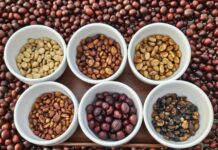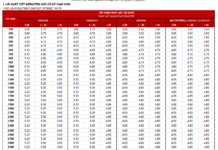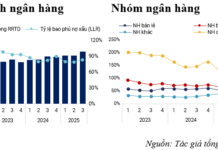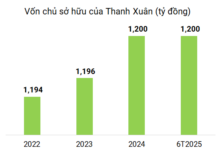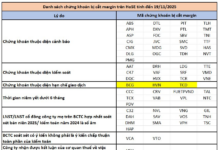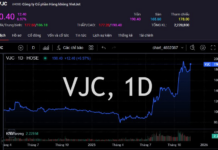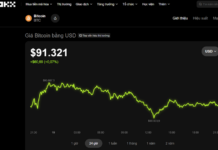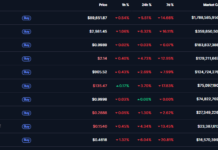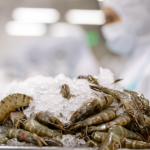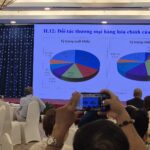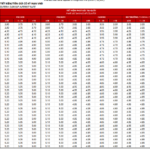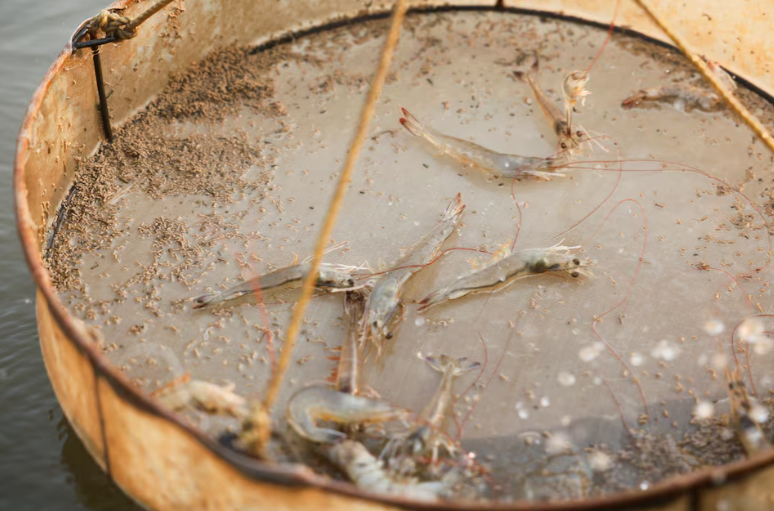
The Indian shrimp farming industry has experienced robust growth over the past two decades, fueled by strong demand from the US. However, this sector now faces a significant shock as former US President Donald Trump imposed high tariffs on imports from New Delhi.
Andhra Pradesh, India’s largest shrimp-exporting state, is witnessing farmers losing a substantial portion of their profits. Exporters have reduced procurement prices by about 20% after Washington slapped a 25% tariff on Indian goods, with an additional 25% expected from August 27 as a penalty for India’s purchase of Russian oil.
“I’m considering switching to fish farming. At the current prices, I can’t repay my family’s debt of almost $46,000,” said V. Srinivas, a 46-year-old farmer from Veeravasaram village.
The US is the largest market for Indian shrimp, with customers including major supermarket chains such as Walmart and Kroger. Last year, India’s seafood exports reached $7.4 billion, with shrimp accounting for 40% of that figure. However, many orders from the US have now been put on hold as buyers are reluctant to bear the high tariff costs.
Meanwhile, Ecuador, India’s direct competitor in shrimp exports to the US, faces a lower tariff rate of 15%. This gives the South American country a competitive edge. “This could be an opportunity for us if India pulls back,” said Jose Antonio Camposano, President of Ecuador’s National Fisheries Chamber.
In Andhra Pradesh, approximately 300,000 farmers are engaged in shrimp farming. Many are considering switching to alternative models such as fish farming, vegetable retail, or small businesses to weather the crisis, while others choose to wait it out. “Usually, the profit margin is 20-25%. Now that’s completely gone,” said Gopinath Duggineni, a local union leader in Ongole.
The Indian shrimp industry is also exploring export expansion to other markets such as China, Japan, and the UK. However, according to the Marine Products Export Development Authority, market diversification cannot happen overnight.
This situation reflects the far-reaching impact of Trump-era US tariff decisions, which not only disrupted global trade but also severely affected the livelihoods of hundreds of thousands of Indian farmers.
“US Shrimp Exports Down 29% in July”
In July 2025, Vietnam’s shrimp exports to the US reached $63 million, a 29% decline compared to the same period last year, according to the Vietnam Association of Seafood Exporters and Producers (VASEP). For the first seven months of the year, the cumulative export value stood at $404 million, reflecting a modest 3% increase from 2024.
Navigating Tariffs: Exploring New Markets, Revitalizing Old Ones
“With the ever-increasing commercial competition, businesses are now looking to explore new avenues. Tapping into niche markets, venturing into new territories, and revitalizing old ones are the strategies that will pave the way for future success. It’s time to adapt, evolve, and embrace these new challenges.”
The Sanctioned BRICS Nation Stands Firm: A Daily Quota of 2 Million Barrels of Russian Oil for August and Beyond?
Russia’s crude oil exports to India surged to 2 million barrels per day in August 2025, accounting for a significant 38% of India’s total oil imports.
Trade Negotiations Need a ‘Pigs Might Fly’ Approach
“In the world of trade negotiations, it’s all about give and take to strike a successful deal. As Mr. Nguyen Anh Son, Director of the Import and Export Department at the Ministry of Industry and Trade, aptly puts it, ‘It’s like a barter system; you offer pork, and they offer wine.’ Knowing which industries to push forward and which to hold back is key to achieving the best outcome for all involved.”



